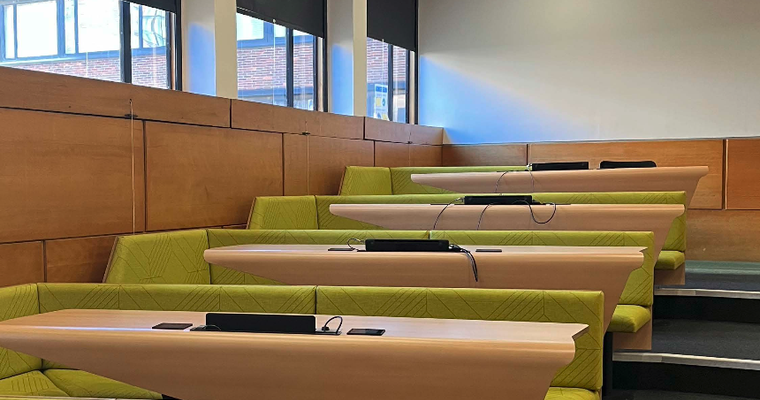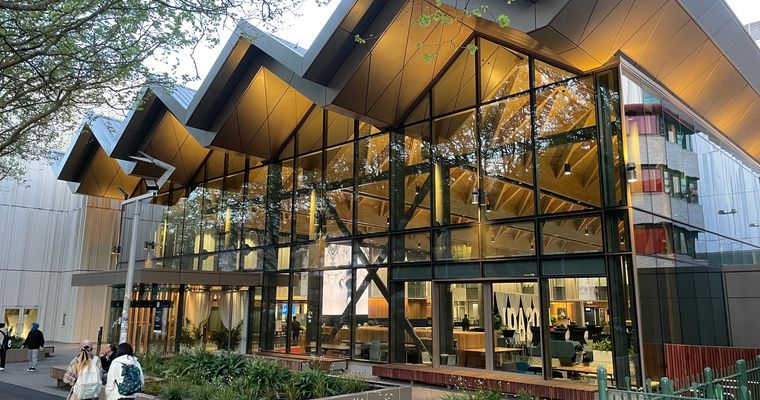The US and UK campus re-openings
Research
Many university cities rely heavily on students for their economy, from employing residents to surrounding businesses reliant on student spending. However, re-opening campuses has also introduced an added risk of transfer from students into the surrounding community.
The United States has a much higher number of HEIs than any other country and has been one to watch. There were about 60,000 new cases just at US universities since late August (levels of community transmission into surrounding areas are unclear). An examination of the US re-openings drew some key lessons learned for other countries:
1. Community transmission needs to be low in the surrounding area
2. Quarantine on arrival is imperative (even if community transmission is low)
3. Covid-19 will spread rapidly in shared student accommodation and testing needs to be available for all students, not just those with symptoms
4. A federally coordinated (and evidence based) plan is important that addresses the above
A project from Davidson College is tracking university re-openings across the US. Once the virus spread, many back-flipped on re-openings and transitioned to online. As the author of the above research points out, the level of blame pointed towards students has been surprising. Their lives have changed in such a short time, the expectations of university life along with career prospects have shifted beyond anyone's prediction. It is not fair, nor feasible, to open a campus and expect young students to behave according to a plan. It has also placed staff in a precarious position.
The United Kingdom worked towards a strategic national plan for re-openings, with guidelines covering the risks. Universities had worked hard to put strategies in place preparing buildings and campuses for partial or full re-openings. In the weeks prior to re-opening, community transmission levels unfortunately started to climb. Staff and unions called for a halt to re-openings, but they pressed ahead.
At least 5000 new cases have now been recorded across 80-90 campuses, with the University of Manchester having 1000 alone. Current numbers are not completely clear, but being tracked on this website. As outbreaks occur, classes are moving 100% online and students are going into isolation. This is causing much angst, whilst students were looking forward to being on campus, many would rather be home than alone in their rooms. Those that are leaving and finding themselves locked into accommodation contracts.
It's not a great start for the UK, but not entirely unpredictable. Whilst community transmission was not as high as the US, it was climbing. This, along with the fact the students have been in some form of isolation for months, made the openings fraught with risk.
The responsiveness of universities to community transmission, and emering knowledge on the virus, is critical. The Netherlands, for example, recently changed plans as national cases climbed to almost 5000 a day and politicians debate an emergency law to introduce mandatory face masks. Capacity on-campuses is being reduced, with staff and students urged to only attend in-person if required. The University of Amsterdam has even recognised that the virus spreads via air and has a ventilation strategy in place for buildings, a critical issue scientists have been drumming for months and one which has been largely absent from re-opening strategies. The Netherlands, like other European cities, has many bustling university towns. They potentially run into the same issues as the US and UK due to over-crowded student accommodation, limited testing and spikes in community transmission rates.



